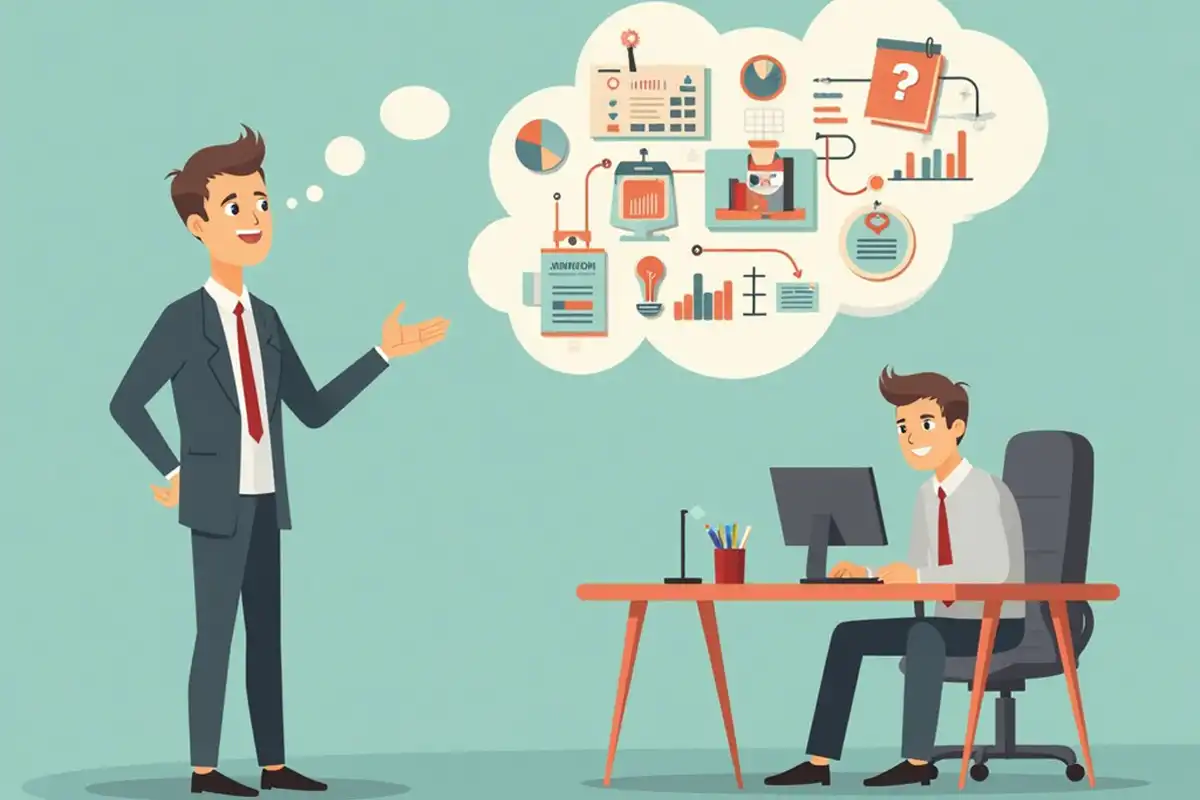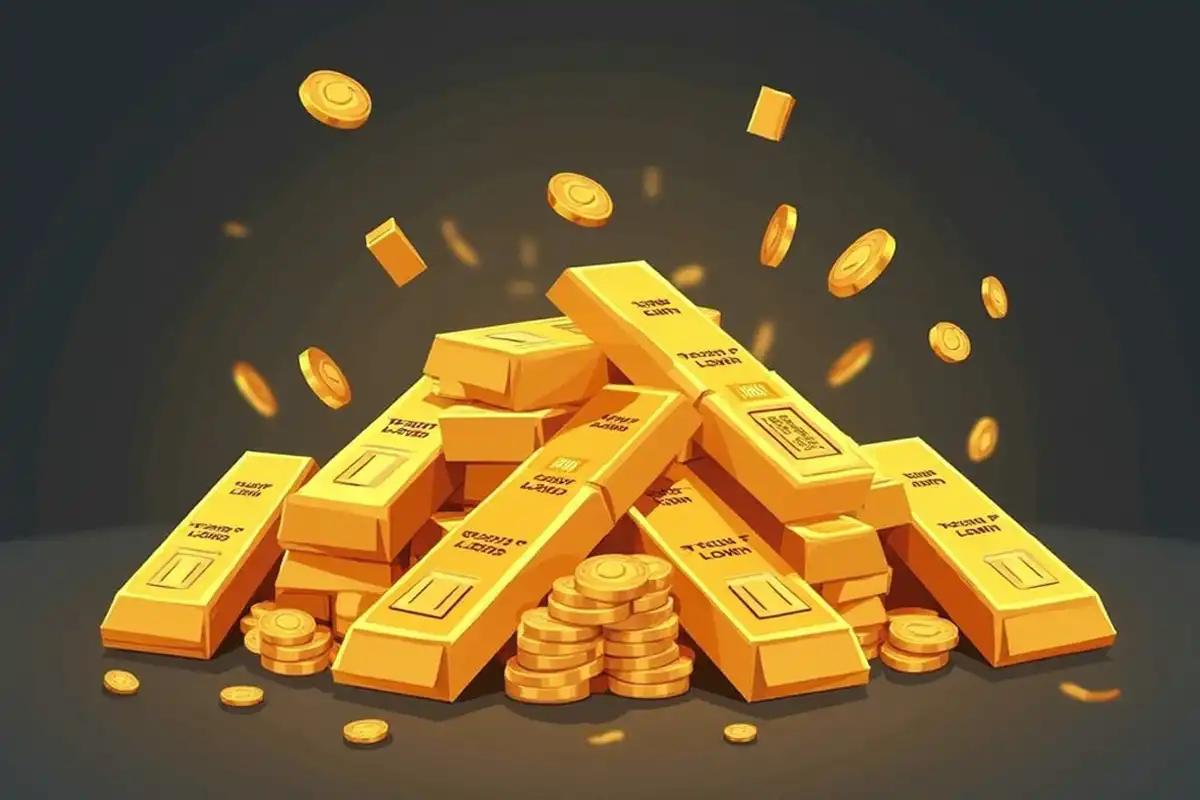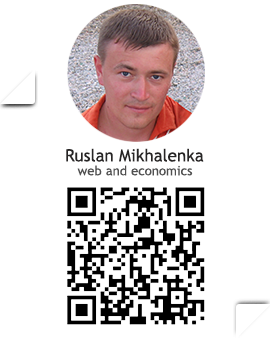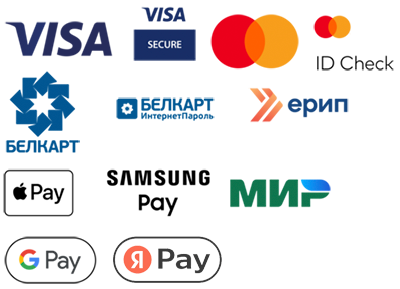Expenses are the actual spending of money on the purchase of something: materials, energy, equipment and other resources, which we then use in production. That is, first we pay the money and acquire assets - these are the expenses.
However, these acquired assets do not always immediately turn into costs. They are first accumulated in warehouses (in stocks), and then transferred as they are used ( are written off) to the cost of production.
For example, when buying raw materials for 100 rubles, the money goes out of the checking account (account 51), and the raw materials go to the warehouse (account 10). This reflects the cost of a cash payment and the appearance of a new asset (credit account 51 decreases, debit account 10 increases). That is, one type of asset (money) passes into another type of asset (raw materials).
When raw materials are used in production, their cost is debited from the warehouse (credit of account 10) to cost of production (debit of account 20 The main production is referred to in accounting). This is already a cost, i.e. a part of the cost. Then, according to a similar principle (each according to their own accounts), energy, labor, services, depreciation, and taxes will be added.
Thus, expenses are actual current expenses (payments), and expenses are the transfer of the value of acquired assets (resources) accumulated through expenses to the cost of production in the next production cycle.
Therefore, expenses are expenses today, and the cost is how we will attribute these expenses to expenses tomorrow. This, among other things, gives rise to an understanding of the nature of money, the cost of manufactured and sold products, as well as profits.
The time factor in the process of forming a real result in commercial activities plays an important role.


































